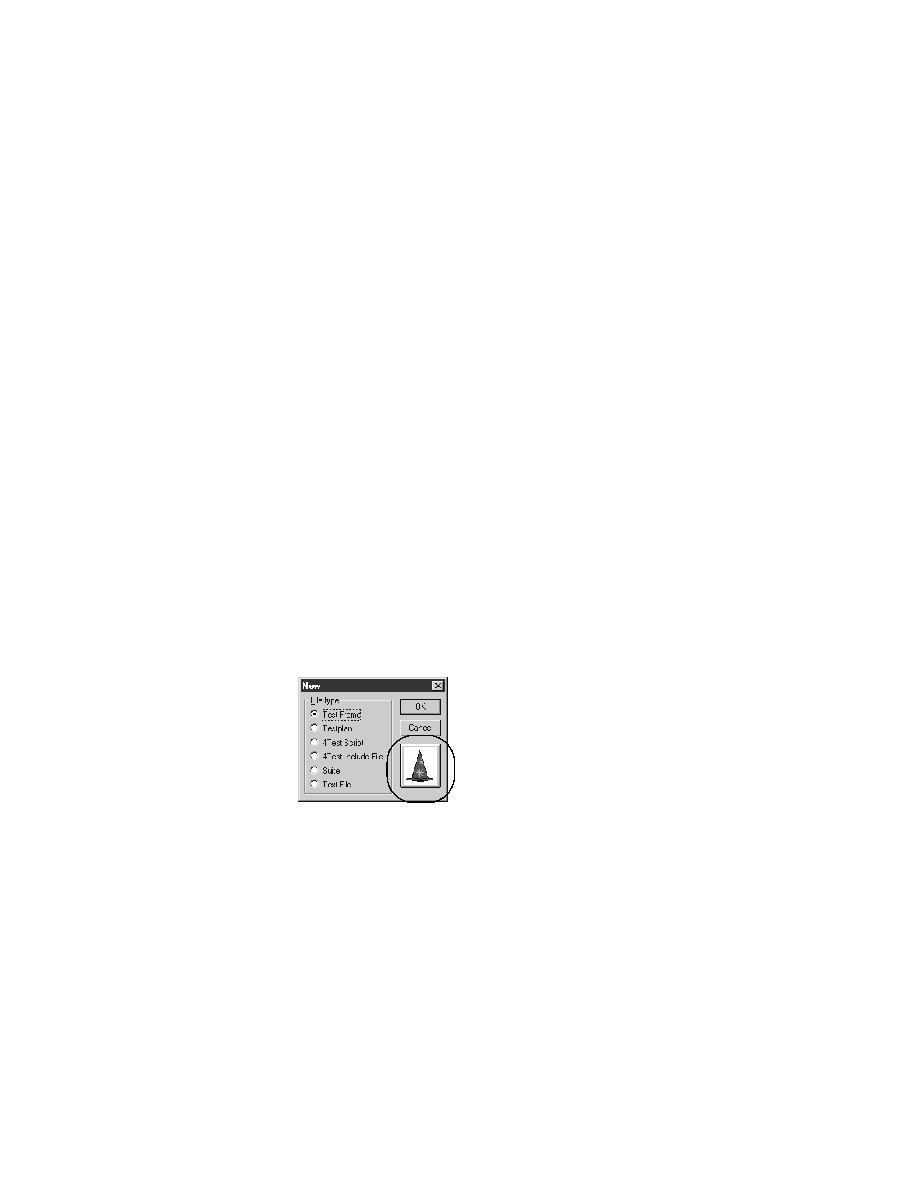
Overview - QuickStart
20
User's Guide
1 O
VERVIEW
Getting started
As prompted, you simply open your application and open the various
windows and dialogs that you want to test in the application. The wizard
automatically records all the declarations in a file called frame.inc. You
don't have to do any coding.
3
Record testcases.
You name the testcase and provide a description for the testplan, then
simply record the testcase. Again, you don't have to do any coding. The
wizard automatically saves the testcase in a script (.t) file with the same
name as the testplan.
4
Run testcases.
Example
The following scenario illustrates how you might get started testing the Text
Editor application that ships with SilkTest.
Since the Text Editor is a standard C application, you don't need to have any
extensions (which provide support for testing applications created with third-
party development environments) enabled before invoking the wizard.
To learn how to disable support for a particular extension, look in the SilkTest
online help for that extension.
Now you are ready to use the QuickStart Wizard with the Text Editor.
Procedure To use the wizard:
1
Invoke the wizard by selecting File/New and clicking the QuickStart
Wizard icon.
The wizard opens.
